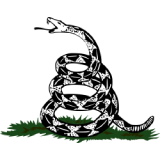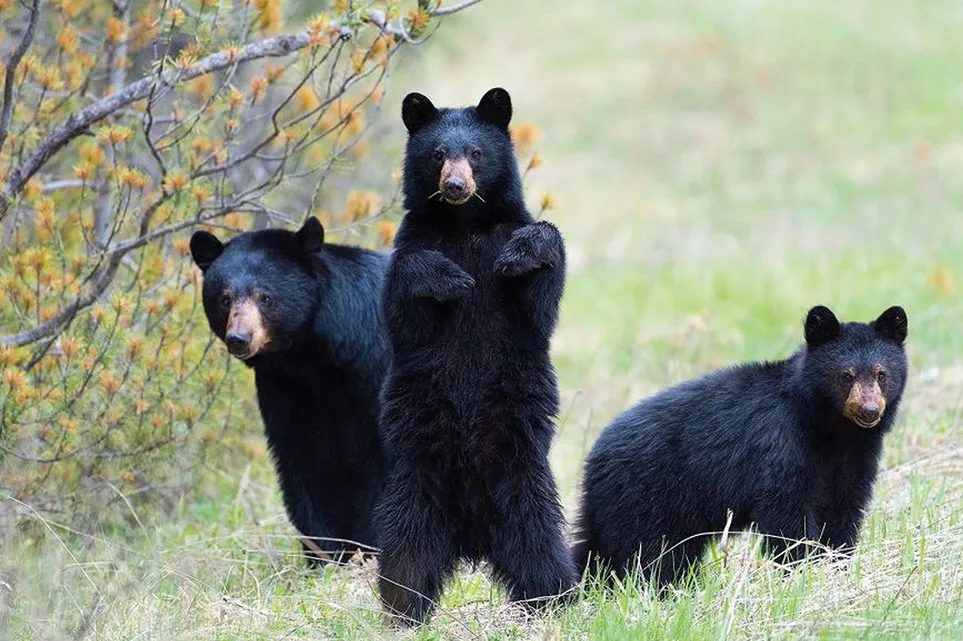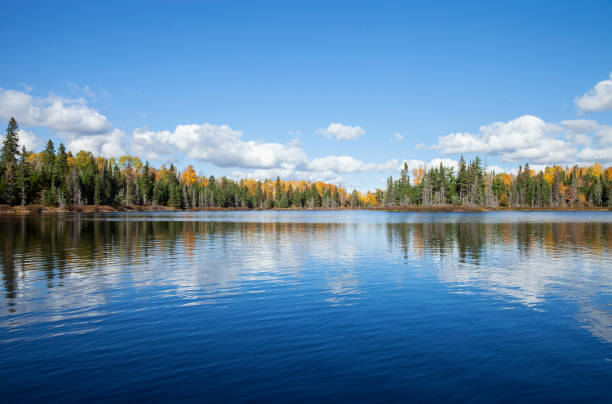


In April this year, a jogger in the Italian Alps was mauled to death by a brown bear. This was reported as the first bear killing in Italy in modern times. But it probably won’t be the last. Bears have been reappearing in northern Italy as part of a rewilding project in the last two decades, returning to regions they had been driven from hundreds of years ago. More encounters between bears and humans are inevitable.
In Eight Bears, Gloria Dickie explores how we can coexist with the remaining bear species on Earth, protecting those in danger as well as negotiating how to share space with those that are not. She takes us around the world to see how different bears are coping with environmental pressures, and how humans are coping with bears.
Bears have not lived wild in Britain for hundreds of years. But they’re still part of our cultural landscape, appearing on coats of arms and pub signs. They loomed large in the world view of our ancestors, and the role of bears in folklore sees them as our opposite, or perhaps our brother, a bipedal creature that seems so much like us. We have spiritually domesticated them, knowing them in fairy tales and spending our childhoods cuddling their small stuffed avatars. Winnie-the-Pooh and Paddington are part of every nursery.
Our affection for fictional (and stuffed) bears has meant sympathy for the real thing, in terms of conservation. It wasn’t an accident that the World Wildlife Fund chose a panda for its logo. Many of us think fondly of bears — as long as we don’t cross paths with one on a hiking trail. Pandas themselves have become one of the great conservation success stories. The Chinese government has developed a breeding program, and uses pandas as diplomatic tools, lending them to zoos around the world. (Did you know that the collective noun for pandas is an “embarrassment”? Amusingly apt for these dopey, doughy dolts.)
Through her travels to see the remaining bear species in the wild and meet those working to protect them, Dickie throws out bear facts left and right. I learned that bear dancing was still legal in Britain until 1911 (and in Romania until its 2007 accession to the European Union). That India contains more of the world’s bear species than any other nation. That the 900,000 American black bears out there are more than all other bear species combined. But this book is not just a bear encyclopedia. Dickie wants to ask what it means to conserve a species, and in some cases how much conservation is “enough.”
The most endangered of the bears are those we hear least about. An attack by a grizzly in Yellowstone or a polar bear in Alaska makes the news; but the country with the most bear deaths is India, where the sloth bear attacks 150 people each year. The locals have no sentimental notions about this angry animal that will come at humans with claws and teeth, and revenge attacks are common. How much can we expect poor farmers to support conservation for something that regularly threatens their lives? And bears are getting more angry as human activity encroaches on their forest territories.
Meanwhile, the poor Sun and Moon bears are preyed on in Asia for their bile, valued in Chinese traditional medicine. Efforts to protect them have increased in recent years, but the trade continues, with bears kept in cages to be “milked” — a life of agony. The spectacled bear of South America is not hunted for its body but killed by farmers who believe it threatens livestock. As its habitat diminishes due to land clearing, it has few legal protections.
Bears aren’t nocturnal by nature, but darkness afforded them the perfect disguise for raiding campsites and avoiding people. As such, nearly 90 percent of the park’s bear incidents occurred after dusk.
Anywhere bears and humans share space is where the problems can start, sometimes because of our cultural relationship with them in fiction. People think of bears as soft and friendly, and don’t appreciate how dangerous they can be. Bears have a better sense of smell than a bloodhound, and the strength and dexterity to break into cars and houses looking for food. They adapt fast to the benefits humans can provide them. For grizzlies in Yosemite National Park, the opportunity to steal food from visitors meant they even changed their lifestyles, as Dickie explains:
National Parks had to change their approach to keep people safe from bears (and bears safe from being shot).
Grizzlies are also expanding their ranges beyond areas such as Yosemite. Once hunted to near extinction, they have rebounded in number since they became a protected species in the 1970s. There are now grizzly populations spreading across North America, increasing the chances of encounters with people. Dangerous incidents can tip the balance of public attitudes when it comes to support for conservation and protection. As Dickie notes:
Bringing back the grizzly required a profound shift in people’s conception of wilderness and their place within it. Humans had to overcome genetic memory — the part of the primitive brain that drives our fear of predators — to champion the return of a known man-eater.
It’s easy to support bears living their lives somewhere designated as a wildlife area; not so easy when they’re wandering into your driveway. As with the Italian Alps attack, questions will be asked about how much bear we can bear.
This article was originally published in The Spectator’s UK magazine. Subscribe to the World edition here.
